On the first day of class, as students strolled along the cobblestone walkway, one figure stood out in particular. She held her head up high, sniffing the air as she took in the scents of trees and flowers. Prancing alongside her trainer, she’s adorned with a tiny shoe on each paw.
Lily is a 14-month-old English cream golden retriever training with biology senior Sondra Scoggin. Every day, Lily embarks on training outings as part of her preparation for Aggie Guide-Dogs and Service-Dogs, or AGS, a student-run nonprofit organization specializing in the crucial first phase of training. The AGS lays the foundations for young puppies like Lily to become reliable guide dogs and service animals.
“We’re not just owning the dogs, we’re training them,” Scoggin said. “We’re working hard with them and learning different techniques and psychology of the dogs.”
Scoggin said she could not have gotten this far without the help of her mentors, such as senior trainer supervisor and biology senior Makinna Rogers.
“We want to educate people about what we do and train the dogs as well,” Rogers said. “I would say the main goal of AGS is to educate and fundraise for service dogs and people with disabilities.”
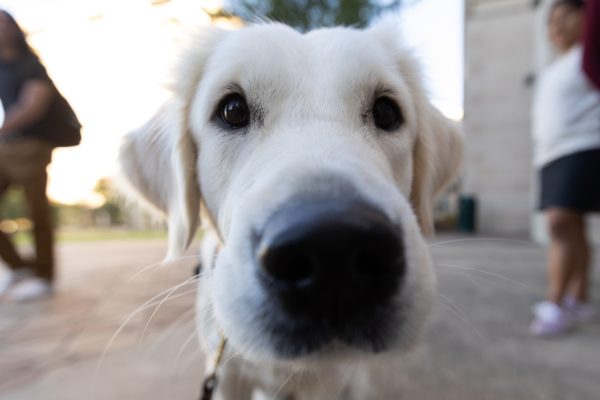
Lily is from K9s for Warriors and came to the service group after passing a temperament test. The tests are carefully designed to gauge how the dogs respond to various situations, simulating real-world challenges to ensure they can recover quickly and adapt to day-to-day problems with resilience and poise.
“Lily goes everywhere with me,” Scoggin said. “She has full privileges. She goes to restaurants, movie theaters, class and pretty much everywhere that is safe for her.”
Lily’s specialized training is tailored to support veterans with post-traumatic stress disorder, much like how Rogers said her family friend, an army veteran, found solace in the companionship of a service dog. For him, the dog’s presence provided much-needed grounding through deep-pressure therapy — a technique that helps calm anxiety and stress by applying gentle pressure.
As a future service dog for veterans, Lily has mastered commands designed to offer comfort and security. One such command, “rest,” instructs her to apply pressure on a person’s legs, helping to ground them during moments of distress. Another command, “look,” prompts Lily to glance behind someone, offering reassurance and a sense of safety.
Lily is set to graduate on Oct. 9. In November, she will return to K9s for Warriors to become a service dog for veterans, bringing comfort, stability and unwavering support to those who need it most.
Phase one
For the first six months, the dogs learn commands such as “sit,” “down,” “stand” and how to walk without a leash. After mastering these basics, they face a jacket test — a course of commands and basic socialization that proves a dog can be friendly in public and in stores that are not dog-friendly — a milestone that, once passed, allows them increased privileges.
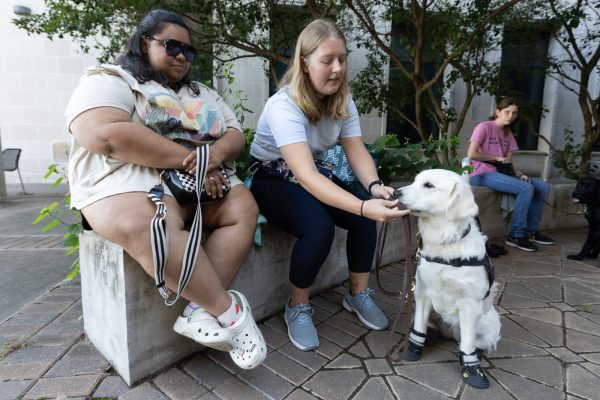
AGS uses positive reinforcement training. They want the dogs to realize that new things are not dangerous, and they welcome fun prizes and rewards.
The dogs train every day in a wide range of environments, including group sessions in professional settings. The furry trainees have to learn commands at fire stations, police stations, the airport and the mall. Rangeland Wildlife and Fisheries management senior and AGS president Faith Ash said that these interactions are important to prepare the dogs for any situation. These trainings focus on distractions and open the dogs up to new environments.
“We do their socialization and basic obedience, and we have to make sure they are ready for their phase two training because they deserve to make it after all the hard work,” Ash said.
Phase one is critical because 50% of dogs that are trained to be service dogs end up failing or not completing it. Journalism junior and Public Relations Director Avery Kracemer said that in the first phase, it’s easier to overcome fear periods and unwanted behaviors — and that’s what sets them up for success. She said that a solid foundation sets them up to succeed, preventing them from becoming part of that percentage.
“Service dogs can be assistance, alert and mobility,” Kracmer said. “They can help with a variety of things ranging from PTSD to diabetes to wheelchair assistance and we want to make sure they accomplish that goal.”
As a group, AGS does campus training where students outside of the organization can handle the puppies and train them. This desensitizes the dogs to different people interacting with them and training them.
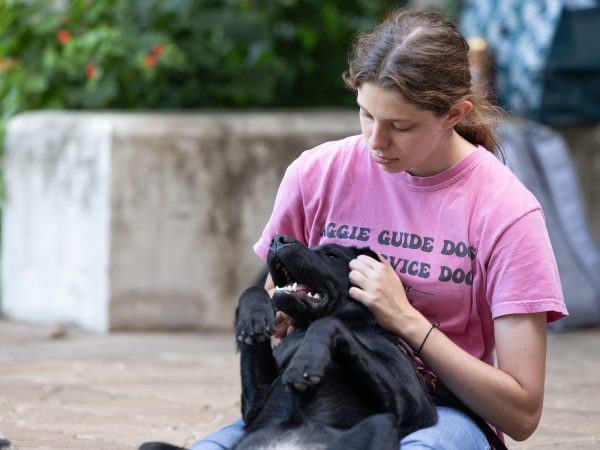
Phase two
AGS goes through evaluations of the dogs, gauging their behaviors and then deciding where to place them.
“By the time they graduate from our program, they typically know 35 of our commands,” Scoggin said.
After months of rigorous teachings, the dogs are sent to a secondary organization.. If the dog is contracted from a particular place, that’s where they go back. If the puppy comes from a breeder, it’s built a resume and advertised to different organizations. Those puppies are then donated to organizations in need across the nation.
“There is a lot of hard work that goes into making sure the dog is ready,” Scoggin said. “They have to pass the Canine Good Citizen test, which is just a graduation requirement from our program.”
AGS has primary organizations that they have worked with for quite some time, including repeat groups in Kansas, Florida, Washington and Oklahoma.
“We get updates from five, six years ago from dogs placed with their person,” Rogers said. “They always say, ‘I just never thought that my life would be the same ever again,’ and it’s so cool to see that impact.”


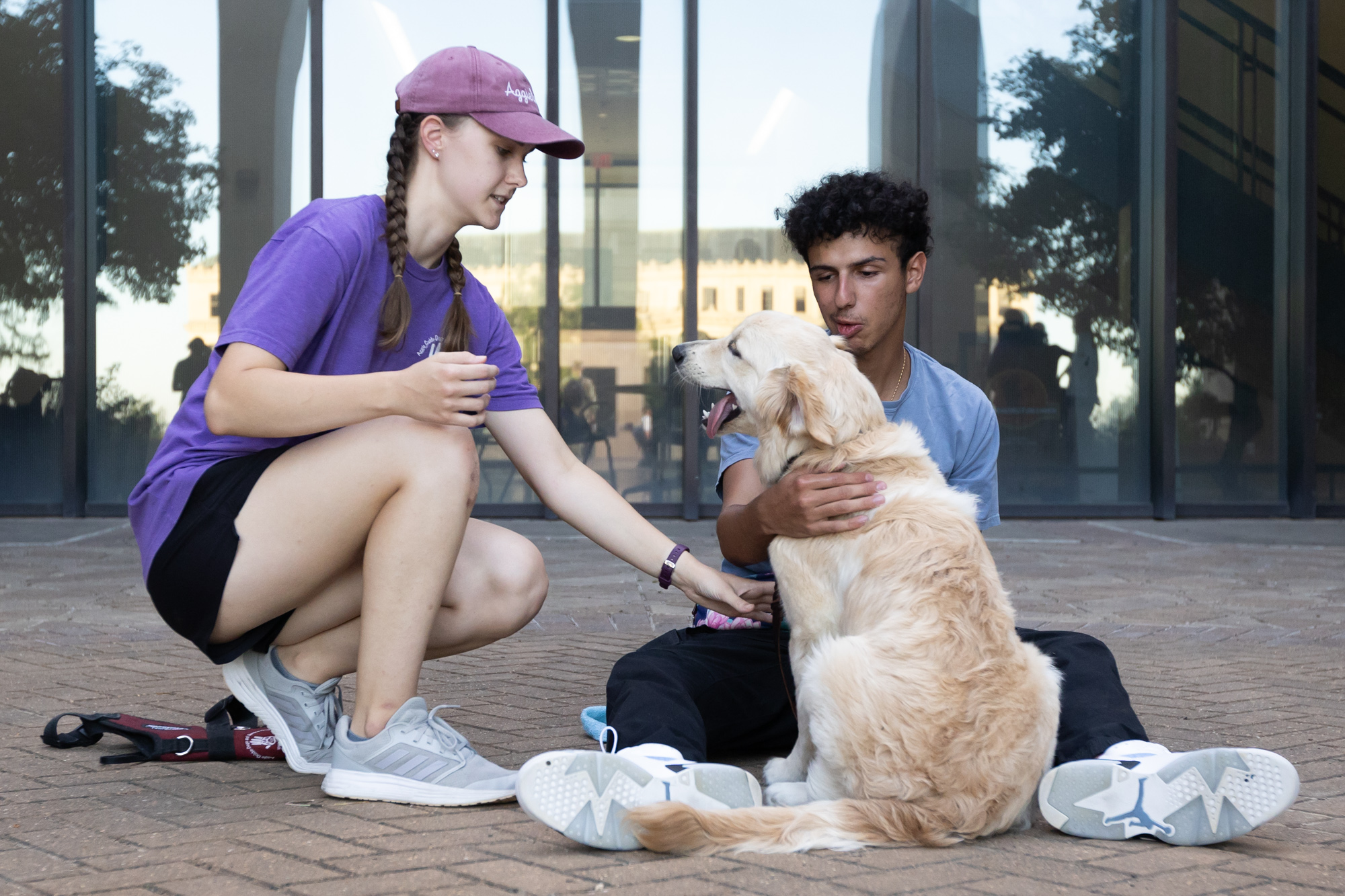

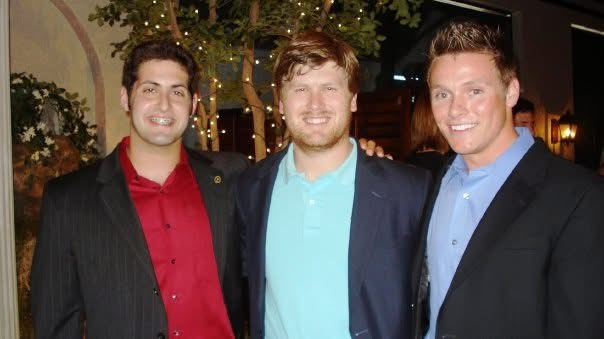
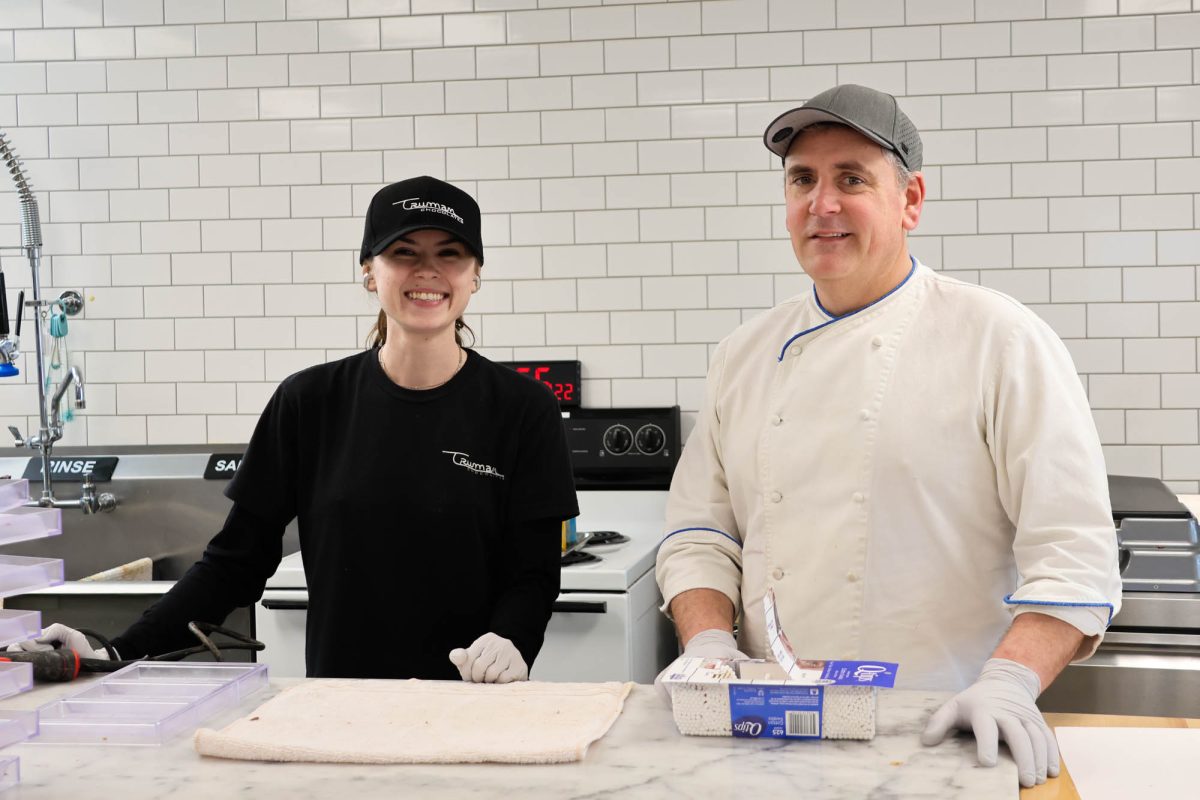
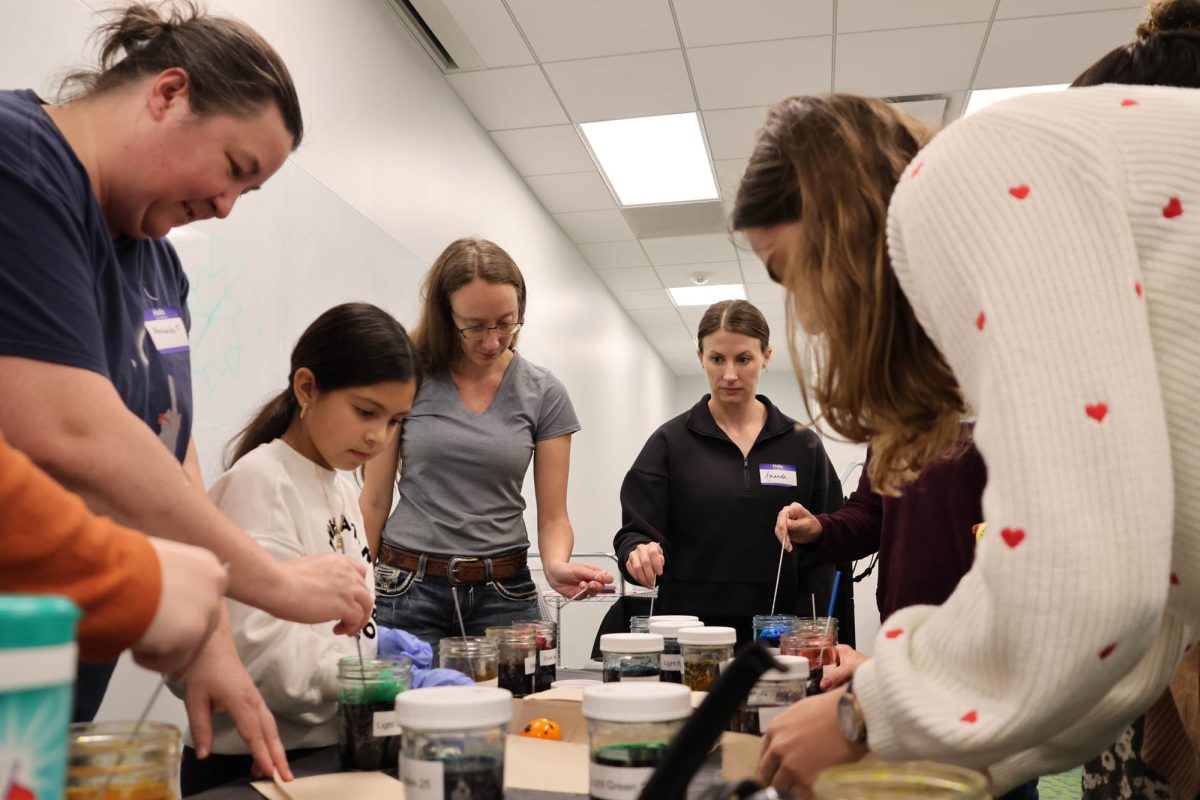
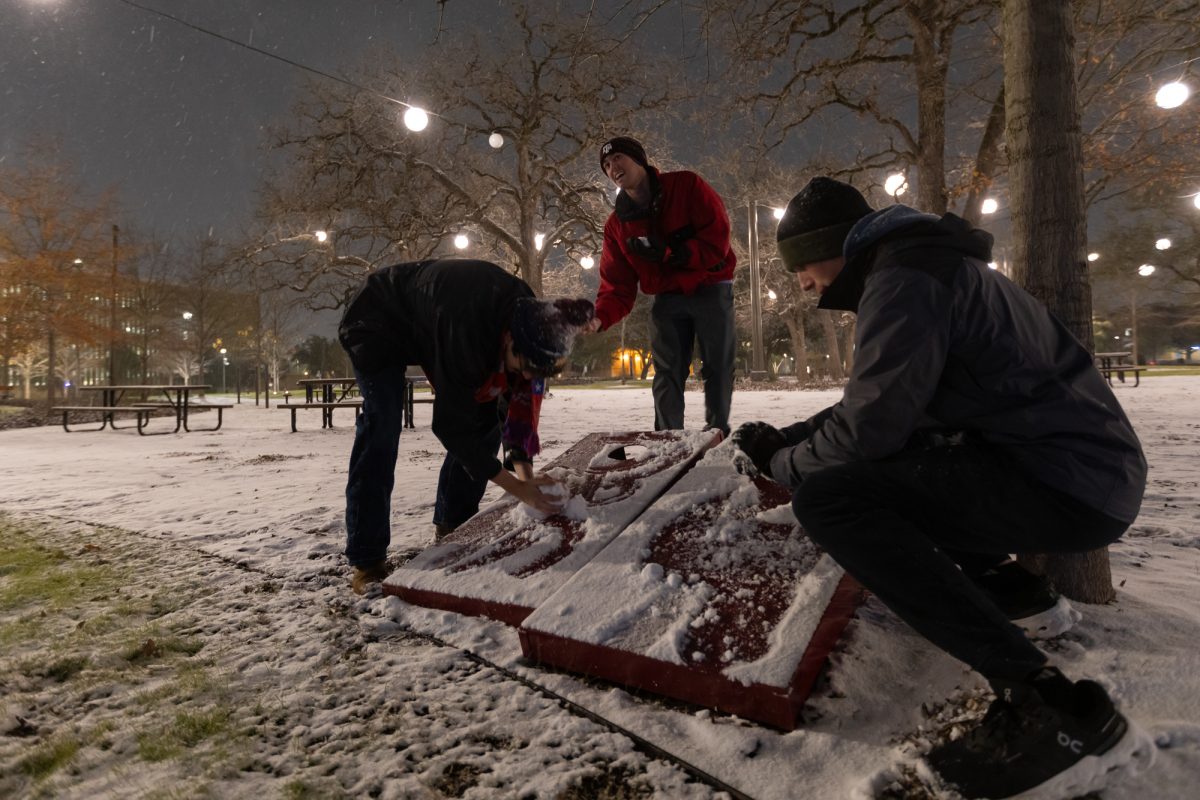
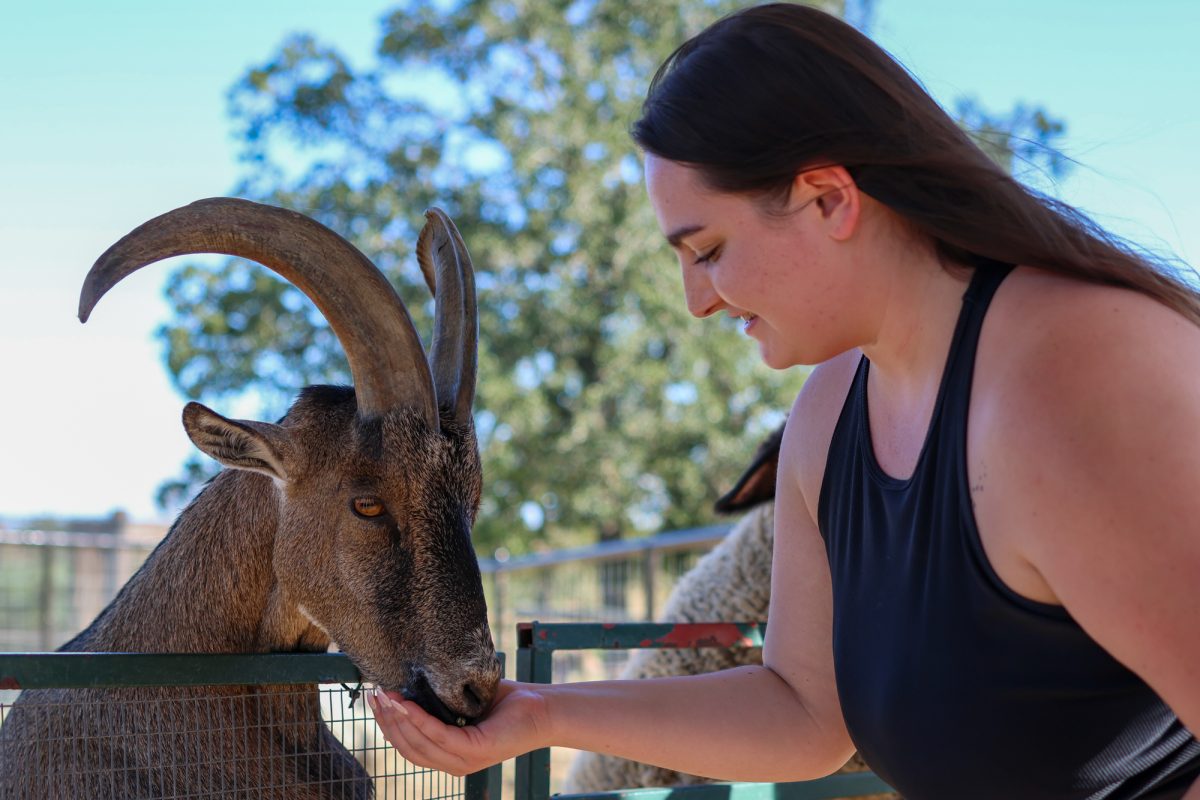






Aniket • Sep 17, 2024 at 12:13 pm
Excellent article, Shalina!
Connor • Sep 12, 2024 at 1:26 pm
This is awesome, I love seeing all the dogs on campus and it’s great to know where they are going
Lina • Sep 12, 2024 at 12:10 pm
this is such a great way to bring awareness on how having accessibility to service dogs can be so helpful to those who need it in life, love to see it shaliner